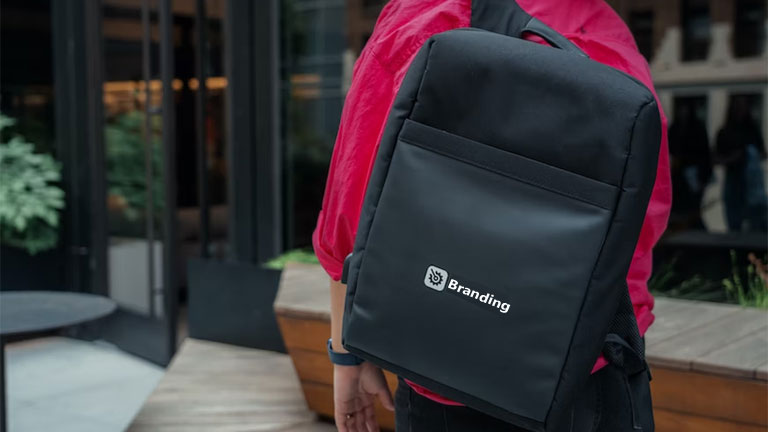
While nostalgia is undoubtedly a factor in the next generation’s renewed interest, the brand’s anti-fashion look and the broader Y2K renaissance surrounds it, blaming nostalgia would ignore the brand’s lessons learned and radical transformation over the last two decades.
True Religion was founded in 2002 as a denim brand and immediately became one of the go-to premium brands for A-listers worldwide. It was offered in high-end department stores and specialty multi-brand boutiques. The Los Angeles-based company had over 900 outlets in 50 countries by 2009. Annual revenue peaked at $420 million two years later, when the company was at its pinnacle. However, by 2020, True Religion’s stores were closed, its stock had plummeted, and the company was on the verge of declaring bankruptcy for the second time. Not only was a makeover required, but it was also necessary for survival.
In 2010, this type of jeans accounted for 55 percent of total sales, with an average price point of $300. At the time, the company had over 100 locations and sold 3 million garments, with e-commerce accounting for barely 2-3 percent of total revenue. Customers had an average household income of more than $200,000. Today, those figures are entirely different, with the brand selling 8 million outfits (of which 60 percent are from the non-jeans category). The business also has a $100 average price range, 50 locations, and a strong concentration on e-commerce, which now accounts for 35-40% of sales. The average household income is now $65 thousand. It was all part of a major turnaround plan that aimed to make the brand more democratic. Now, how can you get a piece of the pie when relying solely on nostalgia won’t guarantee success?
It’s a new positioning.
Even though it’s at a lower price than it was 10 years ago, the clients still see it as a status symbol.
The more difficult task is turning such ideas into an effective growth strategy. One thing they did otherwise when we returned was to recognize that our [audiences] desired the Buddha, the horseshoe, and the arch emblem; that heritage and DNA. They want a big stitch. There was a time when True Religion tried to be like other companies in our industry, but their customers don’t want that. They want their visual singularity since it is distinctively the essence of the brand. Everything else they can have from anyone else.
True Religion could rebuild from the ground up, now that its core has been established. Some elements had to change to ensure that the brand isn’t merely a homage to the past, however, also relevant for existing customers as well as new ones. When it comes to product, the company ensured that it was more accessible than before: with price, they are similar to where streetwear sits today, so they can touch a broader audience. While $120 could be a huge amount for several kids, it’s still a luxury in their eyes.
True Religion eventually made the most significant shift in its strategy to date. It chose to truly listen to those who shop the brand (simple on paper, radical in an industry that is hyper-focused on analyzing its competitors and repeats the same formula time after time). Kids would come in with a new pair of kicks and wonder why they couldn’t have orange stitching to go with their orange Jordans. As a result, they began to view business in a new light. People on Instagram were begging for the red-colored stitch, thus the limited-edition Ricky red Super T denim capsule was born. Within 24 hours, the 600-unit capsule was sold-out.
Aside from a few chosen specialized retail partners, the brand has gone all-in on direct-to-consumer, with its retail and e-commerce channels accounting for roughly 70% of sales today. Years ago, companies were established on a wholesale premise, where big-time retailers would request the version of something from another company. In terms of existing clients, it’s all about continuity right now.
To that extent, most brands have mostly overcomplicated (and overvalued) their audience relationships, mistaking cheap engagement for growth, short-term victories for commitment, and customers for the community. Perhaps the key to success has always been easier. If only they’d pay attention and put their faith in the people they’re marketing to.
As a result, they needed to develop a long-term collaboration plan. They decided to use the platform a little differently and pay attention to what the customizers on social media platforms were doing, where many major companies work with other big brands to bring various ideas to the table.
When you buy True religion, it is not simply a denim brand; while that is their base, they are much more of a streetwear brand because that’s what people believe about them, not something they choose. As a result, they must treat the business similarly to a sportswear or streetwear brand, as this is what is expected of them.
True Religion hopes to increase from $235 million in sales at the end of this year to around $500 million in the next four years if all goes as planned. The company’s direct e-commerce operation will account for half of that. Isn’t that ambitious?
But the personalities associated with the brand are assured of it being a billion-dollar brand shortly. And we certainly share those hopes.




